by Ed Travis
Fairway wood design used to be something manufacturers didn’t spend lots of time on, but in the past few of years, there have been significant changes as the technology first applied to drivers was adapted for fairway wood use. The result is the newest fairways are hotter and hit the ball longer with more consistency, making them an additional weapon for players of every skill level — both from the fairway and the tee.
So if you want to step up your game, these new fairway woods are certainly worth consideration. Just as with the driver, or adding any club to your bag, being properly fitted by a knowledgeable club fitter is key. Gone are the days when club purchases were a series of hit and miss options. We now have the advantage of using data from launch monitors to determine the exact club specifications that will help give the best results for any swing … amateur or professional.
California Golf+Travel took a look the at several current models, and below are insights into the ones we like best:
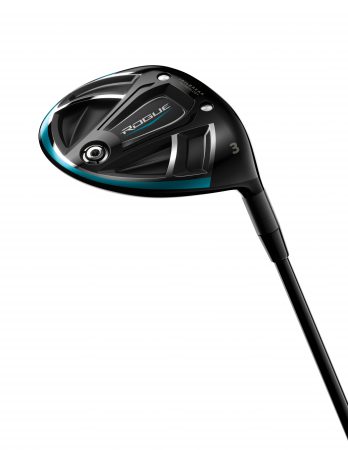
Callaway Golf: The Rogue family has two fairway wood models and for the first time Callaway was able to make use of the Jailbreak rods first seen in last year’s bestselling Epic driver. These lightweight rods inside the clubhead tie the crown and sole together decreasing their deformation at impact which transfers energy to the face to increase ball speed. The head has a carbon fiber crown and a cup face construction with a lower center of gravity producing more favorable launch characteristics. Both the standard Rogue and low-spin Sub Zero version for better players sell for $300.
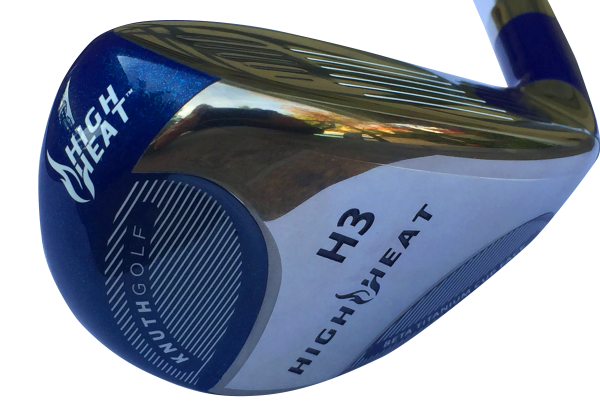 Knuth Golf: The new High Heat 257+ zoned beta titanium clubface takes advantage of the USGA Rule allowing added face flex towards the heel and toe which means impacts not in the center of the clubface go farther. Thickness in those two areas has been significantly reduced and Knuth’s testing reports an average smash factor of 1.41 versus 1.31 for major brands giving more ball speed, more distance and less dispersion. In addition, to help the ball get airborne the center of gravity is 25% deeper and 18% lower than other fairway woods. Available in 3-wood, 5-wood and 7-wood lofts for $329.
Knuth Golf: The new High Heat 257+ zoned beta titanium clubface takes advantage of the USGA Rule allowing added face flex towards the heel and toe which means impacts not in the center of the clubface go farther. Thickness in those two areas has been significantly reduced and Knuth’s testing reports an average smash factor of 1.41 versus 1.31 for major brands giving more ball speed, more distance and less dispersion. In addition, to help the ball get airborne the center of gravity is 25% deeper and 18% lower than other fairway woods. Available in 3-wood, 5-wood and 7-wood lofts for $329.
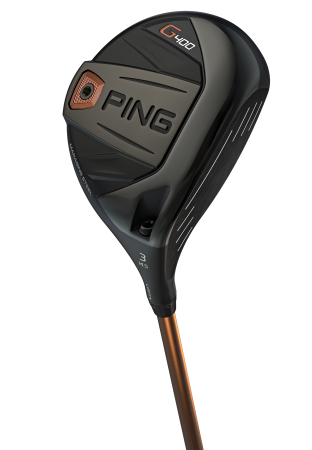
Ping: There are three versions of Ping’s G400 fairway woods and all have a thin face of maraging steel giving 30% added flex than previously models. The stainless-steel crown makes use of their turbulator vanes to reduce aerodynamic drag and a machined back weight in sole increases forgiveness. The standard model is high launch, high ball speed and the SFT (straight flight) model has weighting shifted towards the heel to reduce a tendency to slice. The low spin Stretch model has more weight forward and with lower loft can produce more distance for better players. Each is priced at $269.
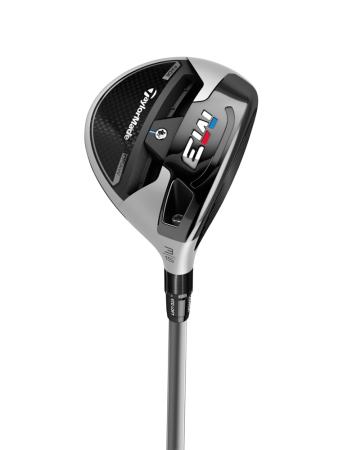
TaylorMade Golf: The M3 fairway wood ($300) has lots of adjustability to help fit the needs of any player with a 29-gram sliding weight and a hosel allowing loft to be changed plus or minus two degrees. The carbon fiber crown has five layers and is complemented by a section of the sole of the same material to increase ball speed. The sole slot, called a Speed Pocket, has been made larger than the previous M1 model. Stablemate M4 ($250) shares the M3’s design, but without the sliding weight. It offers split internal weights to increase head stability. There is also a M4 Tour version for $300.
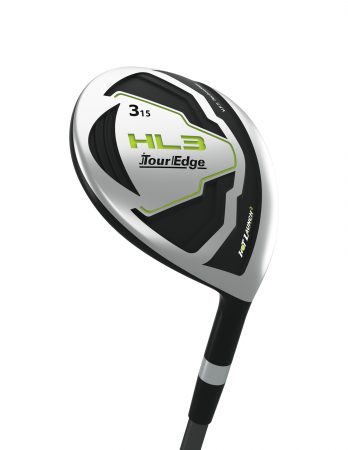
Tour Edge Golf: The Hot Launch 3 fairway wood offers several attractive features, not the least of which is the price … but before we get to that, let’s talk about the construction. There’s a variable thickness maraging steel face and the clubhead has a shallower design which helps to place the center of gravity lower in the head towards the sole. This promotes a higher launch with lower spin and along with the more aerodynamic redesigned head shape, higher speed to improve distance. Pricing for the HL3 is $140, placing it firmly at the attractive end of the cost spectrum when compared with other fairway woods of the same quality and there is an offset version for players who slice.
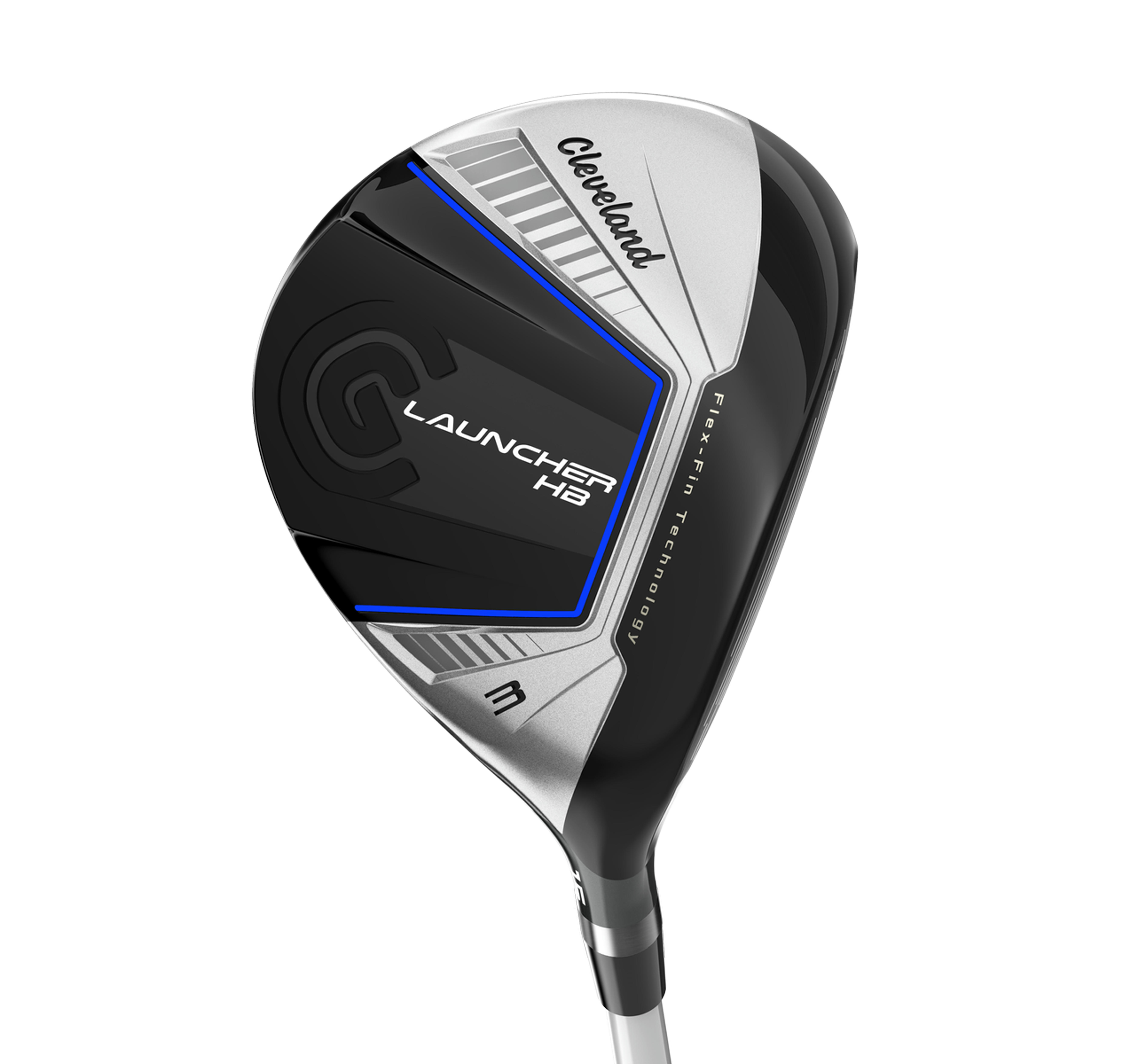 Cleveland Golf: Cleveland analyzed the market saying they found “a major disconnect. Prices are increasing dramatically while golfers aren’t seeing significant performance gains.” Their answer in fairway woods was the Launcher HB ($220) which use a new HiBore crown pushing the center of gravity lower and deeper for a high-launch low-spin trajectory and the crown compresses at impact giving more ball speed. The hosel is very light allowing weight to be moved lower into the head and the sole has Flex-Fins adding to the energy transferred to the ball at impact even when contact is not in the center of the clubface.
Cleveland Golf: Cleveland analyzed the market saying they found “a major disconnect. Prices are increasing dramatically while golfers aren’t seeing significant performance gains.” Their answer in fairway woods was the Launcher HB ($220) which use a new HiBore crown pushing the center of gravity lower and deeper for a high-launch low-spin trajectory and the crown compresses at impact giving more ball speed. The hosel is very light allowing weight to be moved lower into the head and the sole has Flex-Fins adding to the energy transferred to the ball at impact even when contact is not in the center of the clubface.
 Honma: Players not familiar with Honma should be, as this brand from Japan makes high quality clubs with the new BERES S-06 fairway woods (2 STAR model $449) offering some interesting design features. Their Key Groove Technology expands grooves at the heel and toe connecting the corner portions with the crown sole and face. This gives improved distance on off-center impacts and a larger face means a larger sweet spot which also helps with forgiveness. Shafts are matched to the clubhead and the stock shaft is a 10-axis carbon fiber layered construction, one of the most advanced in the industry.
Honma: Players not familiar with Honma should be, as this brand from Japan makes high quality clubs with the new BERES S-06 fairway woods (2 STAR model $449) offering some interesting design features. Their Key Groove Technology expands grooves at the heel and toe connecting the corner portions with the crown sole and face. This gives improved distance on off-center impacts and a larger face means a larger sweet spot which also helps with forgiveness. Shafts are matched to the clubhead and the stock shaft is a 10-axis carbon fiber layered construction, one of the most advanced in the industry.

